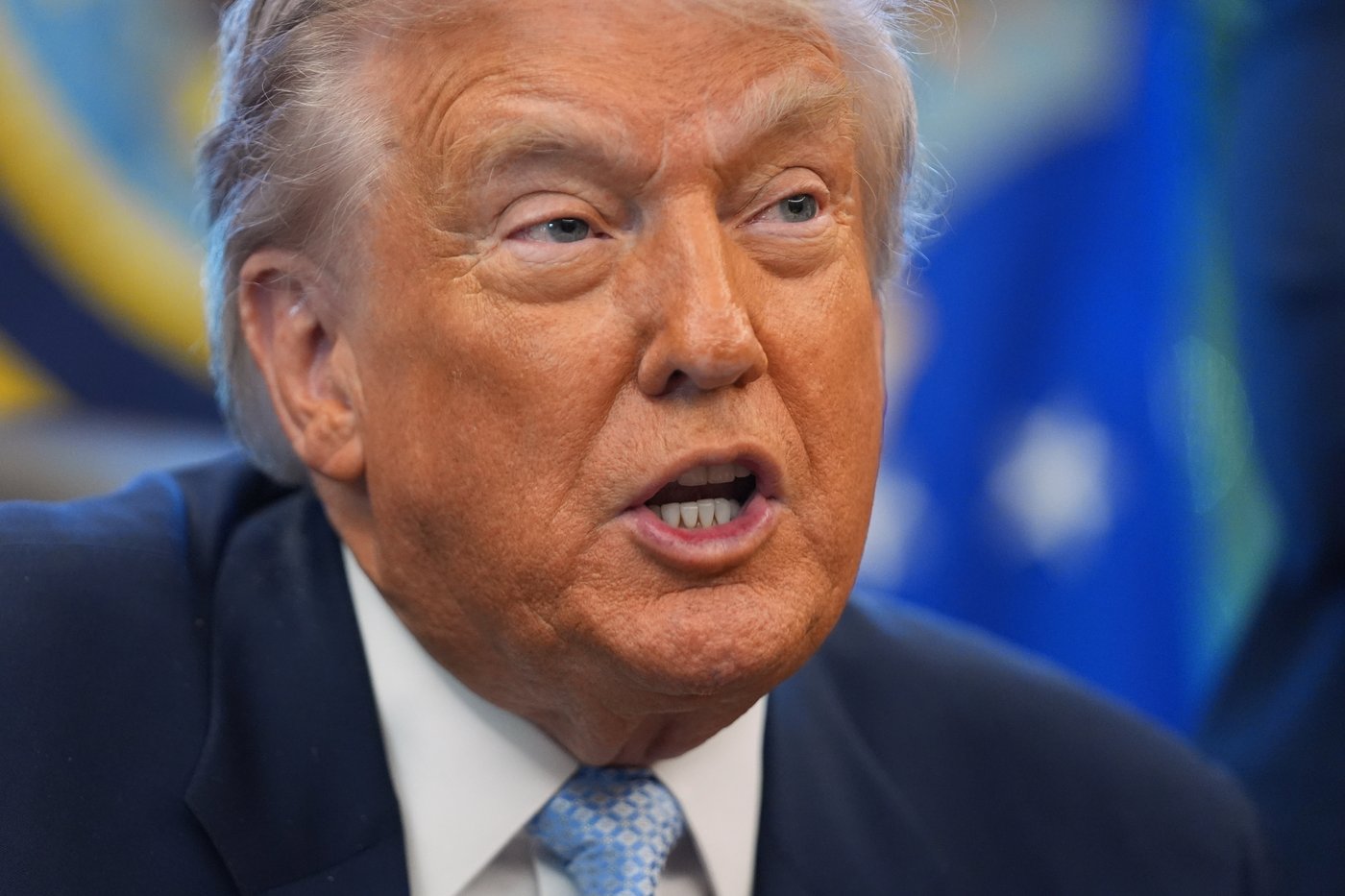Elevate your local knowledge
Sign up for the iNFOnews newsletter today!
[byline]

President Donald Trump has repeatedly claimed that military strikes on suspected drug boats his administration has been carrying out for more than two months in the Caribbean Sea and Pacific Ocean are saving the lives of hundreds of thousands of people in the U.S.
He most recently cited these numbers on Monday while answering questions from reporters after announcing a new initiative that will allow foreigners traveling to the U.S. for the World Cup next year to get interviews for visas more quickly.
But experts say that this is a grossly simplistic interpretation of the situation.
Here’s a closer look at the facts.
TRUMP: “Every boat we knock out, we save 25,000 American lives.”
THE FACTS: The numbers to support Trump’s claim don’t add up, and sometimes don’t exist. For example, people in the U.S. who die from drug overdoses each year are far fewer than the amount Trump suggests have been saved by the boat strikes his administration has carried out since September.
“The statement that each of the administration’s strikes on alleged drug-smuggling boats saves 25,000 lives is absurd,” said Carl Latkin, a professor of public health at Johns Hopkins University who studies substance use. “The evidence is similar to that of the moon being made of blue cheese. If you look carefully, you will see a resemblance. However, a close analysis of this claim suggests that it lacks all credibility.”
According to the latest preliminary data from the Centers of Disease Control and Prevention, there were about 97,000 drug overdose deaths in the U.S. during the 12-month period that ended June 30. That’s down 14% from the estimated 113,000 for the previous 12-month period.
Final CDC data reports 53,336 overdose deaths in 2024 and 75,118 in 2023.
The U.S. military has attacked 21 boats in the Caribbean Sea and eastern Pacific Ocean since strikes began on Sept. 2, most recently on Nov. 15. Using Trump’s numbers, that would mean the strikes have prevented 525,000 fatal drug overdoses in the U.S — far more than the number of overdose deaths that have occurred in recent two-month periods. This essentially implies that the administration is saving more lives than would have ever been lost.
Lori Ann Post, the director of the Institute for Public Health and Medicine at Northwestern University, explained that “there’s no empirically sound way to say a single strike ‘saves 25,000 lives,’” even if the statement is interpreted more broadly to mean preventing substance use disorders and resulting ripple effects. Among the issues she pointed to are a lack of verifiable cargo data or published models linking such boat strikes to changes in drug use, as well as markets that will adapt to isolated supply losses.
“The math and the data are not there,” said Post, who studies drug overdose deaths and economic drivers of the opioid crisis.
Latkin added that claiming one lethal dose of a drug automatically translates to one death is a “very simple way of looking at it,” as different people have different tolerances.
Trump has justified the attacks by saying the U.S. is in “armed conflict” with drug cartels and claiming the boats are operated by foreign terror organizations that are flooding America’s cities with drugs. Neither Trump nor his administration have publicly confirmed the amount of drugs allegedly destroyed in the strikes.
White House spokesperson Anna Kelly reiterated Trump’s numbers when asked for evidence to support his claims about how many lives are being saved. She wrote in an email: “President Trump is right — any boat bringing deadly poison to our shores has the potential to kill 25,000 Americans or more. The President is prepared to use every element of American power to stop drugs from flooding in to our country and to bring those responsible for justice.”
Latkin noted that this estimate also ignores the reality that even if the Trump administration manages to shut off one source of illegal drugs with its boat strikes, there will still be others. He offered a comparison to the fast food industry, explaining that getting rid of a couple of restaurants would not greatly improve Americans’ health since there are so many other sources where consumers could get the same or similar products.
“It’s incredibly naive to think that reducing the supply in one place will eradicate the problem because it’s such a massive business,” he said.
Opioids accounted for 73.4% of drug overdose deaths in 2024, according to the CDC. That includes 65.1% from illegally made fentanyls. But while the boat strikes have targeted vessels largely in the Caribbean Sea, fentanyl is typically trafficked to the U.S. overland from Mexico, where it is produced with chemicals imported from China and India.
Overdose death rates began steadily climbing in the 1990s because of opioid painkillers, followed by waves of deaths led by other opioids like heroin and — more recently — illicit fentanyl. New numbers from the CDC show that a decline that began in 2023 has continued. Experts aren’t certain about the reasons for the decline, but they cite a combination of possible factors. Among them are the end of the COVID-19 pandemic; years of efforts to increase the availability of the overdose-reversing drug naloxone and addiction treatments; and changes to the drugs themselves.
___
Find AP Fact Checks here: https://apnews.com/APFactCheck
Want to share your thoughts, add context, or connect with others in your community?
You must be logged in to post a comment.